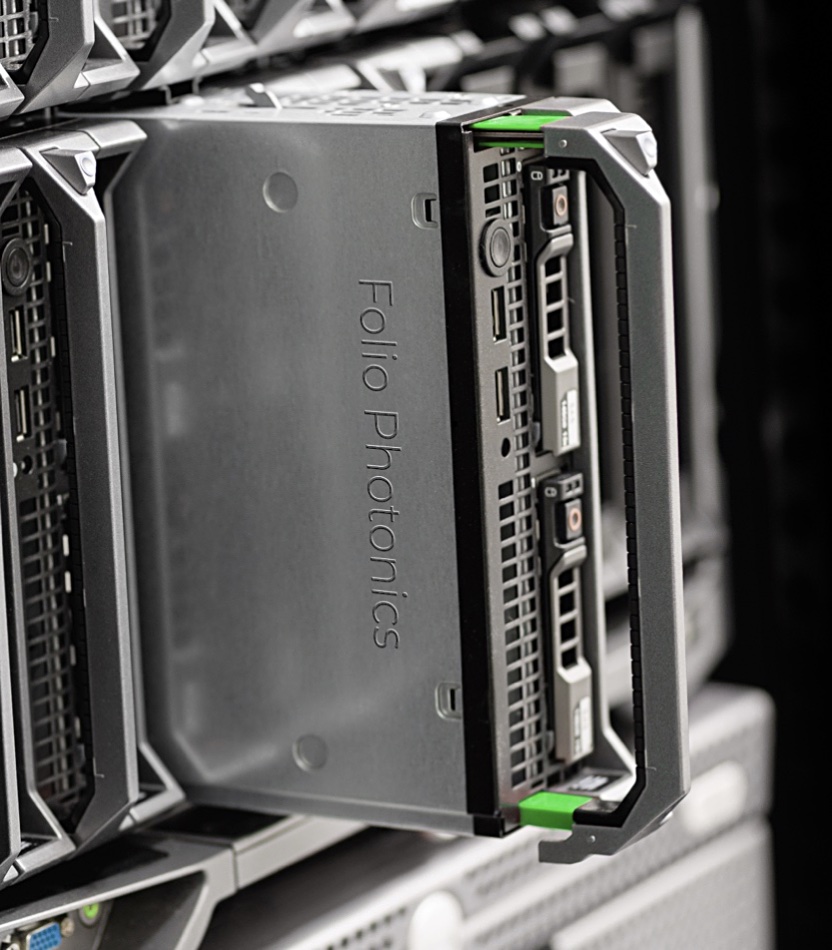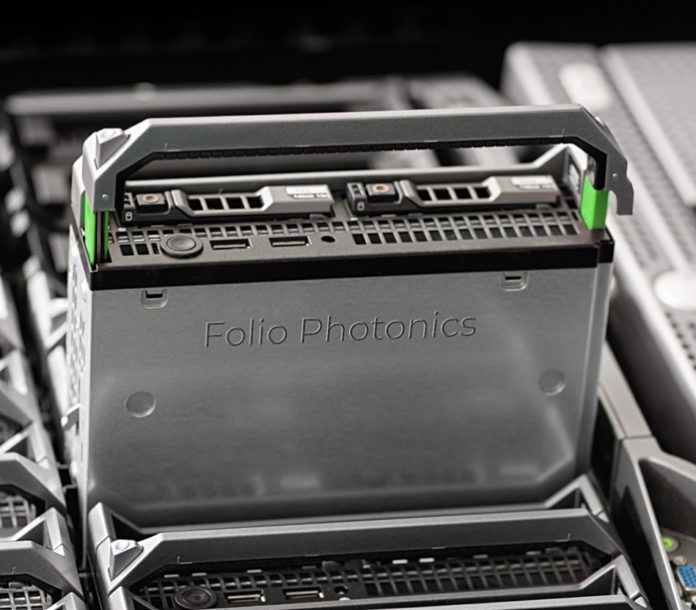Archive optical disk developer Folio Photonics has joined the Active Archive Alliance, bringing it a step closer to delivering product into an archive ecosystem.
The Folio Photonics DataFilm Disk (DFD) has 8 to 16 layers per side and will come in a 10-platter cartridge with 10TB to 20TB of capacity at a $2-$3/TB acquisition cost. It has a data read/write rate of around ~365MB/sec.
In a statement, Rich Gadomski, co-chairman of the Active Archive Alliance and head of tape evangelism at FUJIFILM Recording Media, said: “Organizations are increasingly adopting active archive solutions as part of their data transformation strategies. Folio Photonics expands the Active Archive Alliance’s ecosystem and breadth of innovation, and we are pleased to welcome them.”
Active archive file systems span multiple media types, including flash, disk, tape, optical, cloud, file, block or object storage systems. Folio Photonics disks have a lower cost than tape, at about v$2.50/TB versus tape’s $10/TB or so. They should also be cheaper than existing optical disks such as Sony Optical Data Archive product which cost around $45/TB.

If Folio Photonics can produce enterprise-grade disks and drives, meaning ones with consistent and reliable performance, the media pricing should make them attractive.
CEO Steven Santamaria said: “Active archive solutions frequently utilize multiple forms of media. We envision photonic storage media as an ideal complement to hard drives and tape media, creating an ideal active archive to satisfy any workload while remaining cost-effective and adhering to stringent cyber-security/compliance requirements.”
We asked Travis Johnston, director of market strategy at Folio Photonics, how its optical disk technology is positioned against tape media.
He said: “By offering a write-once, immutable media with a long life and random access, we see many existing and emerging use cases for our technology as part of an immutable active archive and other archival storage configurations.”
The write-once, read-many (WORM) attribute is key to the positioning versus tape, and Johnston said: “We are fundamentally a write-once media with a smaller capacity [and] there are instances where tape’s high capacity, high throughput, and rewritability may be preferred.”








